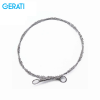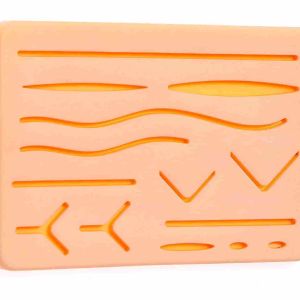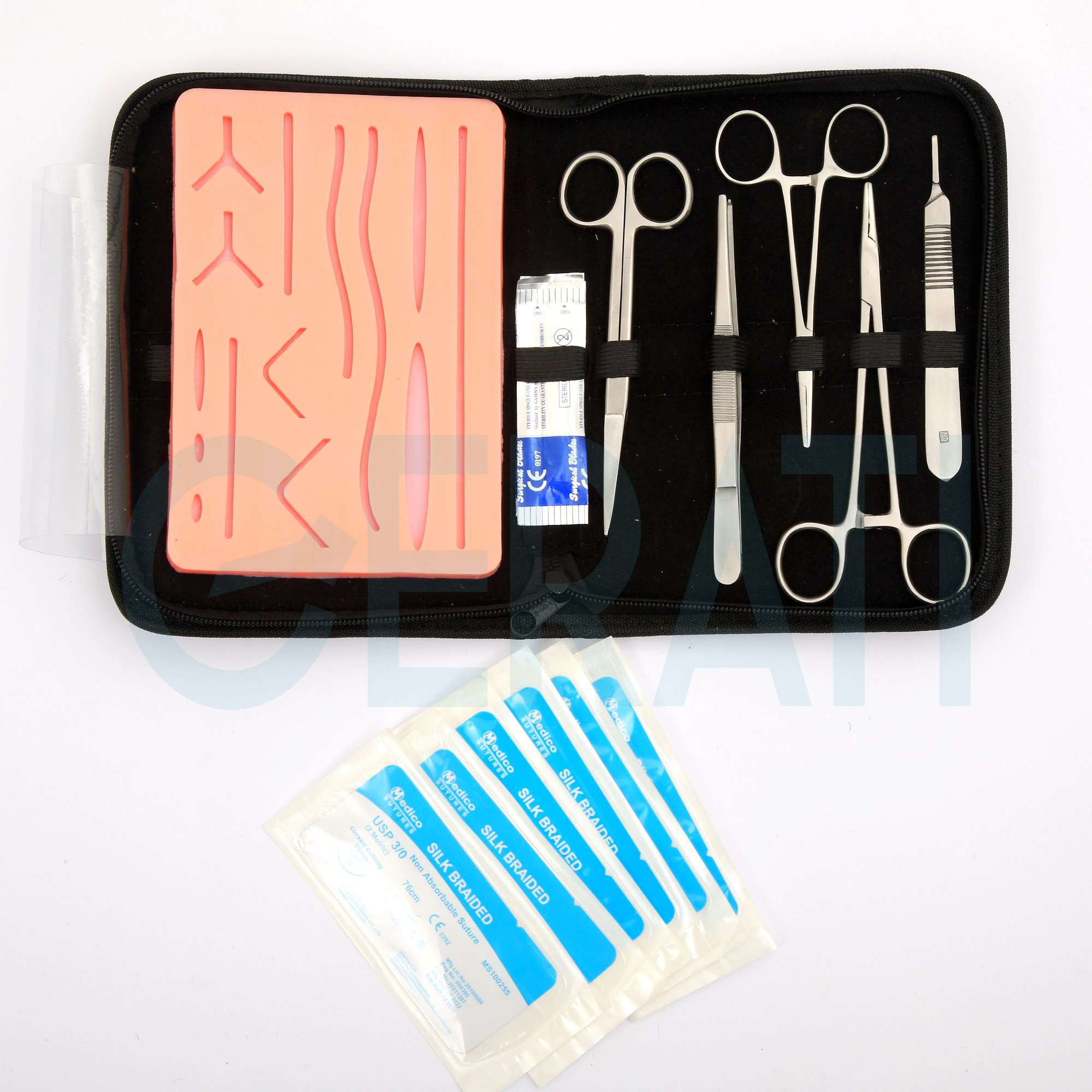gigli wire saw gigli saw wire
an essential tool for orthopedic procedures
Title: Mastering the Art of Surgery: A Comprehensive Guide to Gigli Saws
In the world of surgical instruments, precision and reliability are paramount. One tool that exemplifies these qualities is the Gigli saw. Used for a variety of procedures, the Gigli saw is a versatile and indispensable tool for surgeons. In this article, we will delve into its design, applications, mode of use, care and handling, as well as the types and materials available.
Design:
Gigli saws are elegantly simple in design, consisting of a thin, flexible wire made from materials such as stainless steel or nickel-titanium alloy. This wire is typically available in various thicknesses, allowing surgeons to choose the most appropriate size for their specific surgical task. The wire is attached to two handles at both ends, which can be used to manipulate and tension the wire during surgery.
Use and Indications:
The applications of Gigli saws are diverse and include orthopedic, neurosurgical, and plastic surgery procedures. Some common indications for their use include:
- Bone Amputation: Gigli saws are often employed for amputation procedures where precision is crucial, such as limb-sparing surgeries for bone cancer or traumatic injuries.
- Bone Cutting: They are utilized for cutting through bones during orthopedic surgeries, allowing surgeons to make precise cuts without damaging surrounding tissues.
- Extrication of Bone Fragments: In cases of complex fractures or bone impactions, Gigli saws can be used to carefully remove bone fragments.
Mode of Use:
Using a Gigli saw requires skill and precision. Here’s a basic guide:
- Preparation: Select the appropriate wire thickness and ensure that the wire and handles are sterile. Position the wire around the bone to be cut.
- Tensioning: Secure the wire to both handles, making sure it is taut but not overly tight. Proper tensioning is crucial for effective cutting.
- Sawing Motion: With gentle, back-and-forth sawing motions, slowly cut through the bone. Maintain consistent tension on the wire to prevent it from becoming loose during the procedure.
- Safety First: Always be cautious to avoid damaging adjacent tissues or structures.
Care and Handling:
Proper care and handling of Gigli saws are essential to ensure their longevity and effectiveness. After each use:
- Cleaning: Thoroughly clean the Gigli saw to remove any biological debris or blood.
- Sterilization: Ensure that the saw is properly sterilized before the next use to prevent infection.
- Inspect for Damage: Regularly inspect the Gigli saw for signs of wear or damage. Replace any damaged components promptly.
Types and Materials:
Gigli saws come in different types and materials to suit various surgical needs. The choice of type and material depends on the procedure and surgeon’s preference. Common materials include stainless steel and nickel-titanium alloy, both known for their durability and corrosion resistance.
In conclusion, the Gigli saw is a remarkable surgical tool that exemplifies precision and reliability. Its elegant design, diverse applications, and careful use make it an indispensable instrument in the hands of skilled surgeons. By understanding its features, design, and best practices for use and care, medical professionals can harness the full potential of the Gigli saw to achieve successful surgical outcomes.






Reviews
There are no reviews yet.